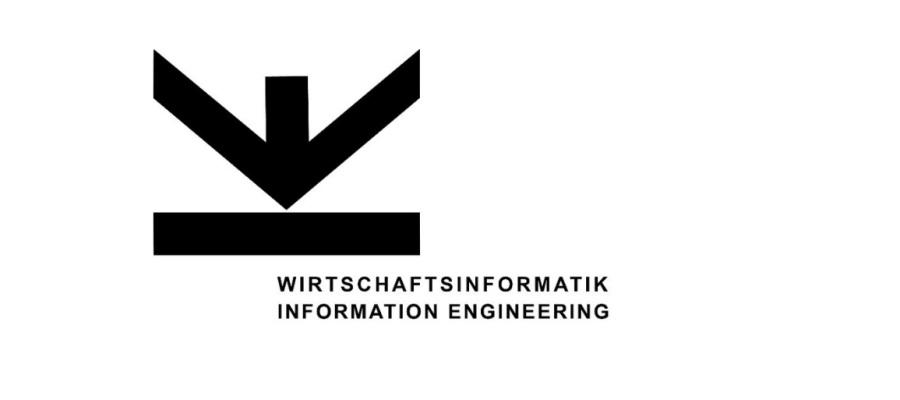A new challenge
Until now, management levels were used to leading, guiding and controlling their teams in clearly predetermined scenarios and predefined project plans.
With an increasingly agile way of working, but also due to the increasing need for digitalization in management processes, leadership models and decision-making processes are changing.
Agility as a risk?
"Agile" has been on everyone's lips, not least since the emergence of the SCRUM method in software development. The ever faster moving and changing world demands faster and more flexible management methods. One inevitable consequence is a shift in decision-making authority to lower management levels and specialists. Instead of a division of labor, the focus is on independent action towards a common vision.
Does this now mean that the manager at the level above can simply hope that the employees are working in the right direction?
No! Only stable decision-making, prioritization and commitment processes are playing an increasingly important role as the "antithesis" to flexible working methods.
Decision-making processes - what is important?
- Forcing a quality process to exchange the right definition and understanding of the business requirement between sender and receiver or between customer and supplier.
- Objectifiable evaluation criteria and scales in order to be able to take the evaluation "intuitively" correctly.
- Common and sufficiently precise understanding of the task and the current status as well as the goal. This understanding alone is enough to create a commitment.
- "Intuitive" assessments of the situation and the necessary next steps must be named and made available to the other team members. Ignoring intuitive assessments leads to "white spots" in the discussion, i.e. something that is not talked about, but which becomes more and more present the longer it is ignored.
- Task prioritization must also be subject to clear commitment. The manager must always ensure this.
- Decisions in an agile environment must be recognizably committed in order to avoid subsequent disputes, blind performance and negative moods. Commitment must be carried out objectively. Objections must be resolved in a resource-oriented manner.
- Subsequent feedback and "maneuver criticism" must be carried out in a forward-looking process. The "How can we do even better in the future?" replaces the "Why did this happen?"
It is also necessary to develop certain skills as a team.
- Knowing the mechanisms of how people make decisions in their emotional and cognitive systems is a prerequisite for being able to make distributed, independent decisions.
- Trust and unconditional appreciation among team members must be actively encouraged and demanded.




































